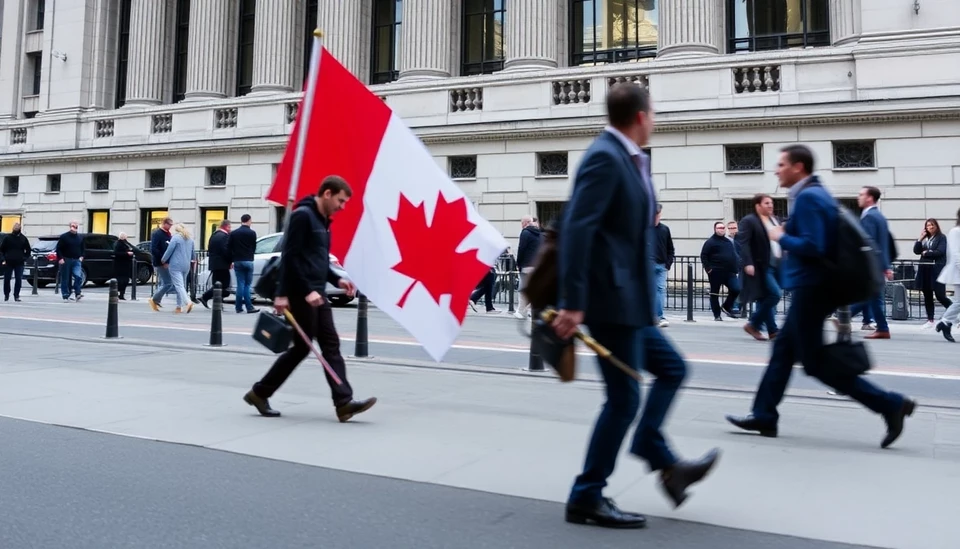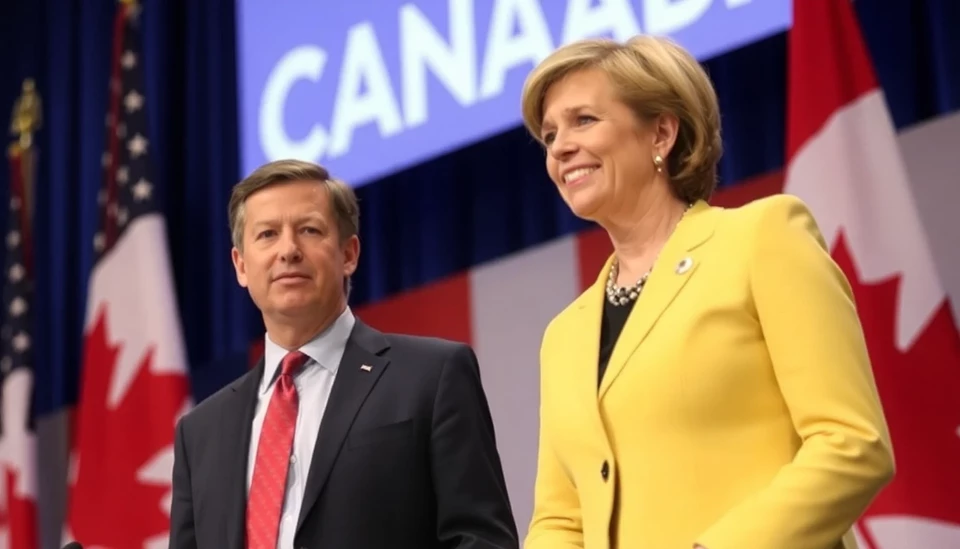
In a significant shift in market sentiment, investors are adjusting their expectations regarding Canadian interest rates due to ongoing trade disputes that are beginning to take a toll on the economy. Recent developments indicate that concerns over trade relations, particularly with key partners such as the United States, are leading analysts to anticipate deeper cuts to Canada's benchmark interest rate than previously expected.
The Bank of Canada, which has maintained an optimistic outlook for the economy, is now under pressure as recent data suggests that growth is slowing faster than anticipated. This slowdown is attributed to several factors, with trade tensions emerging as a critical catalyst. With the looming possibility of tariff escalations and supply chain disruptions, analysts are beginning to reassess the central bank's monetary policy trajectory.
During the last monetary policy meeting, the Bank of Canada held its interest rate steady, citing ongoing resilience in the labor market and consumer spending. However, as the reality of the economic landscape shifts, many forecasters are predicting that the central bank may be forced to implement cuts sooner rather than later. Markets are now pricing in a greater likelihood of these rate cuts, reflecting a significant recalibration of their prior forecasts.
Several economic indicators, including a notable drop in exports and slowdowns in manufacturing, are raising alarm bells among economists and investors alike. With U.S.-Canada trade relations becoming increasingly contentious, Canada’s economy appears to be feeling the squeeze. As a result, there is a growing chorus of experts advocating for a measured response from the Bank of Canada to mitigate risks associated with a protracted trade dispute.
Moreover, the speculation is not without its implications for global markets. As Canada navigates these challenges, shifts in its interest rates could reverberate throughout the international financial landscape, potentially influencing everything from capital flows to currency valuations.
With these economic pressures mounting, the question remains: how will the Bank of Canada navigate this increasingly complex trade arena while also protecting its domestic economic interests? Investors will be closely monitoring upcoming statements from the central bank for signals on how policy might evolve in the face of these mounting challenges.
As we venture further into the year, the interplay between trade tensions and interest rate adjustments will be crucial for determining not only Canada's economic outlook but also its standing in the global economic framework. The decision-making process within the Bank of Canada has never been more scrutinized, as the balance between maintaining stability and responding to external pressures becomes increasingly precarious.
In conclusion, as market dynamics continue to evolve, stakeholders will need to stay vigilant and adaptable to the rapidly changing economic environment influenced by trade negotiations and monetary policy adjustments.
#Canada #InterestRates #TradeRelations #BankofCanada #MarketTrends #Economy #RateCuts
Author: Daniel Foster




